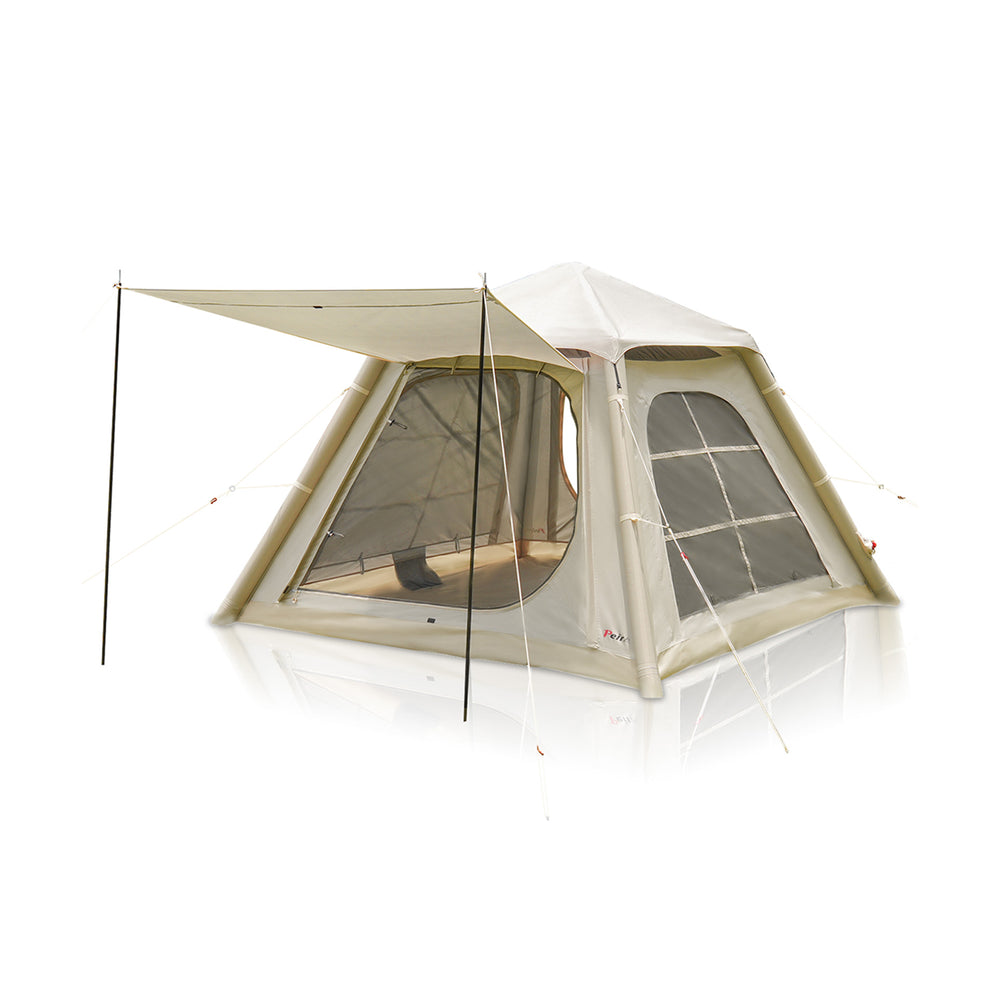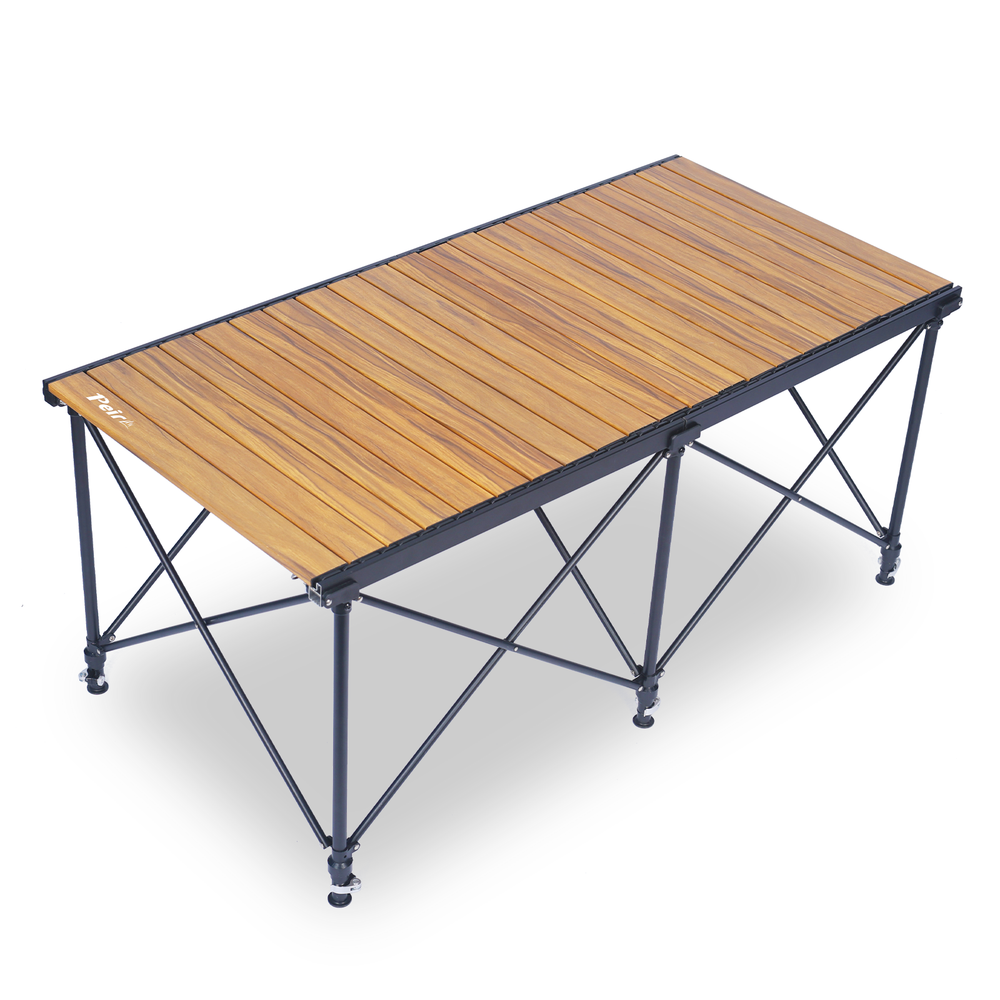While many insects are beneficial for trees, tent caterpillars or tent worms are not. In fact, tent caterpillars are a major nuisance and can cause some damage to trees. Eliminating tent caterpillars from your yard can prevent damage to your trees as well as remove a common eyesore.
Tent caterpillars have been around for quite some time. I remember them even as a kid. Some years seem to be worse than others, but we always have seemed to muddle through losing just a few trees. This year seems to be fairly heavy.
Tent caterpillars are destructive in that they defoliate leaves from many different types of trees. You can identify them by the webs that they make in the crotches of trees starting in the spring. Anything inside the webs you can consider as being gone. These tiny insects are massive groups of hairy bluish, black, tan or greenish caterpillars with spots and or strips feed in and around the nests. The reason that the caterpillars are outside the nest would be to expand the nest. Four generations can occur in one season.
What are tent caterpillars?
Tent caterpillars are fuzzy, reddish brown caterpillars that average 2-3 inches in length. They usually make tent-like nests in between branches of trees and shrubs. They are considered pests.
Identify Tent Caterpillars
The first step to removing tent caterpillars is to know how to identify them. Tent caterpillars are not difficult to spot, particularly during the early spring months. One way to identify these insects is to look for nests that look like tents sandwiched in the forks of branches on a tree. The caterpillars frequently make nests in fruit, ash, oak, maple, and willow trees. The actual caterpillars are black at first, but they eventually develop flecks of blue and orange. They also have a white stripe along their backs.
Eastern Tent Caterpillars
Eastern tent caterpillars are common in the Eastern U.S and the Rockies. Their populations vary by year, and large infestations can cause extensive damage to the appearance of ornamental trees. As soon as eggs hatch, the caterpillars climb up into the bends of trees to spin webs.You may find them in a variety of common host trees.
Eastern tent caterpillars have black hairy bodies with yellow stripes and oval-shaped blue dots along their sides. They are often confused with gypsy moths, which look similar to eastern tent caterpillars, but they lack one distinguishing mark: a white stripe that runs down their backs. Gypsy moths do not have this stripe.
Western Tent Caterpillars
Western tent caterpillars and forest tent caterpillars are common in the Northwest, but western tent caterpillars are also found on certain host trees in the southern Rocky Mountains. The two are about the same size, but differ in other areas.
Western tent caterpillars are orange with black markings that run down their backs. Their “tents” begin emerging in spring as their eggs hatch. At this time, trees begin to bud and these pests begin feeding on new growth immediately after hatching. You can find them on a variety of host trees, including:
- Oak
- Wild Plum
- Poplar
- Willow
- Fruit trees
- Sumac
Forest Tent Caterpillars
Forest tent caterpillars have a noticeable appearance. You can easily identify them by their blue color with black specs, and the white, foot-printed-shaped markings on the center of their backs. Their webs are also silken mats between tree branches, and they aren’t considered actual “tents.” Some host trees include:
- Sugar Maple
- Aspen
- Oaks
- Cherry
- Birch
- Sycamore
Tent Caterpillar Removal & Tent Caterpillar Home Remedy
When tent caterpillar removal is necessary, the nests or egg cases can usually be picked out by hand. Egg cases can be seen easily once leaves drop from trees in fall. Larger nests can be removed by winding them around a stick or pruned out and destroyed. The best time for tent caterpillar removal is early morning or evening while they're still likely to be in the nest. Introducing natural enemies, such as various types of parasitic wasps, can also help reduce tent worm numbers. Creating a welcoming environment for birds is also an excellent tent caterpillar home remedy.
How to Kill Tent Worms
Sometimes getting rid of tent caterpillars means killing them. While small infestations can be taken care of by dropping the nests into soapy water, contact insecticides work best for larger populations. Bacillus thuringiensis (Bt) is the most effective. Since this is a selective insecticide, it kills tent caterpillars while remaining safe to other wildlife. Apply spray directly to foliage and tent worm nests. Getting rid of tent caterpillars is easy if you follow these basics steps. Your trees will return to their former beauty in no time at all.
Tent Caterpillar Lifecycle and Control
Understanding the pest’s lifecycle is important when you’re killing tent caterpillars or getting rid of a caterpillar infestation. Eastern tent caterpillars make their first appearance in early spring and complete their lifecycle by summer. This means host trees have time to grow new foliage and generally don’t die due to an infestation. However, they can damage a tree’s appearance and health.
Eastern tent caterpillars lay eggs in host trees from January through March. Eggs begin hatching in early spring, and the larvae feed and develop into adults over the next few months. Adult moths begin laying new batches of eggs in the summer and continue through fall and early winter.
Using vinegar for caterpillar control in your garden
To use vinegar effectively in your battle against these leaf-munching pests, you'll need white vinegar, water, and a spray bottle. Mix one part of white vinegar with three parts of water and a few drops of dish soap in your spray bottle. This dilution helps to ensure the solution is potent enough to kill caterpillars without harming your plants. Wait for a sunny day when the caterpillars are actively feeding on your plants. Spray the vinegar solution directly onto the insects, which should kill and repel them.
Reapply the solution every few days or after rainfall, as it may wash away. This consistent approach is critical to breaking the caterpillar lifecycle. Additionally, consider using vinegar strategically around the perimeter of your garden as a preventive measure. This creates a barrier that can discourage caterpillars from entering in the first place. If you're concerned about the strong smell of vinegar in your garden, don't worry. Once the solution evaporates, the odor dissipates.
Frequently Asked Questions
What are tent caterpillars, and why are they a problem?
Tent caterpillars are a type of insect that forms silk nests or "tents" in trees. They can cause significant defoliation by eating the leaves, which weakens the trees and can lead to long-term damage if not controlled.
How can I prevent tent caterpillars from infesting my trees?
To prevent tent caterpillars, inspect your trees regularly for early signs of nests in the spring. Remove and destroy any small tents you find before they become a larger infestation. You can also use tree bands to trap caterpillars as they move up and down the trunk.
What is the best time of year to get rid of tent caterpillars?
The best time to get rid of tent caterpillars is in the early spring when you first notice their nests. Removing them early prevents the caterpillars from causing extensive damage to your trees.
Are chemical treatments effective against tent caterpillars?
Yes, chemical treatments like insecticidal soaps or Bacillus thuringiensis (Bt) can be effective against tent caterpillars. These should be applied early in the caterpillar’s development for the best results. Always follow the instructions on the product label to ensure safe and effective use.
Can tent caterpillars harm my garden or other plants?
Tent caterpillars primarily target trees, especially fruit trees and hardwoods. While they are less likely to infest garden plants, their feeding can weaken trees, which might indirectly affect the health of nearby plants by reducing shade or altering the ecosystem.












 Peirhw Inflatable House Tent - Starry Night Love
Peirhw Inflatable House Tent - Starry Night Love
 Peirhw Glamping Tents - Friendship Castle
Peirhw Glamping Tents - Friendship Castle
 Peirhw Inflatable Canopy Tent - Adventurer
Peirhw Inflatable Canopy Tent - Adventurer



 Peirhw Portable Air Conditioner
Peirhw Portable Air Conditioner
 【Advance Sale】Peirhw Portable Power Station 2400W
【Advance Sale】Peirhw Portable Power Station 2400W
 【Advance Sale】Peirhw Portable Power Station 600W
【Advance Sale】Peirhw Portable Power Station 600W





 Peirhw Self Inflating Sleeping Pad
Peirhw Self Inflating Sleeping Pad
 Peirhw Air Mattress (8" Queen Type)
Peirhw Air Mattress (8" Queen Type)
 Peirhw Camping Sleeping Bag
Peirhw Camping Sleeping Bag


 Peirhw Butterfly-shaped Canopy for Camping
Peirhw Butterfly-shaped Canopy for Camping
 Peirhw Camping Waterproof Canopy (Cannot be Purchased Separately)
Peirhw Camping Waterproof Canopy (Cannot be Purchased Separately)


 Peirhw Outdoor Folding Chairs
Peirhw Outdoor Folding Chairs
 Peirhw Folding Camping Table
Peirhw Folding Camping Table












